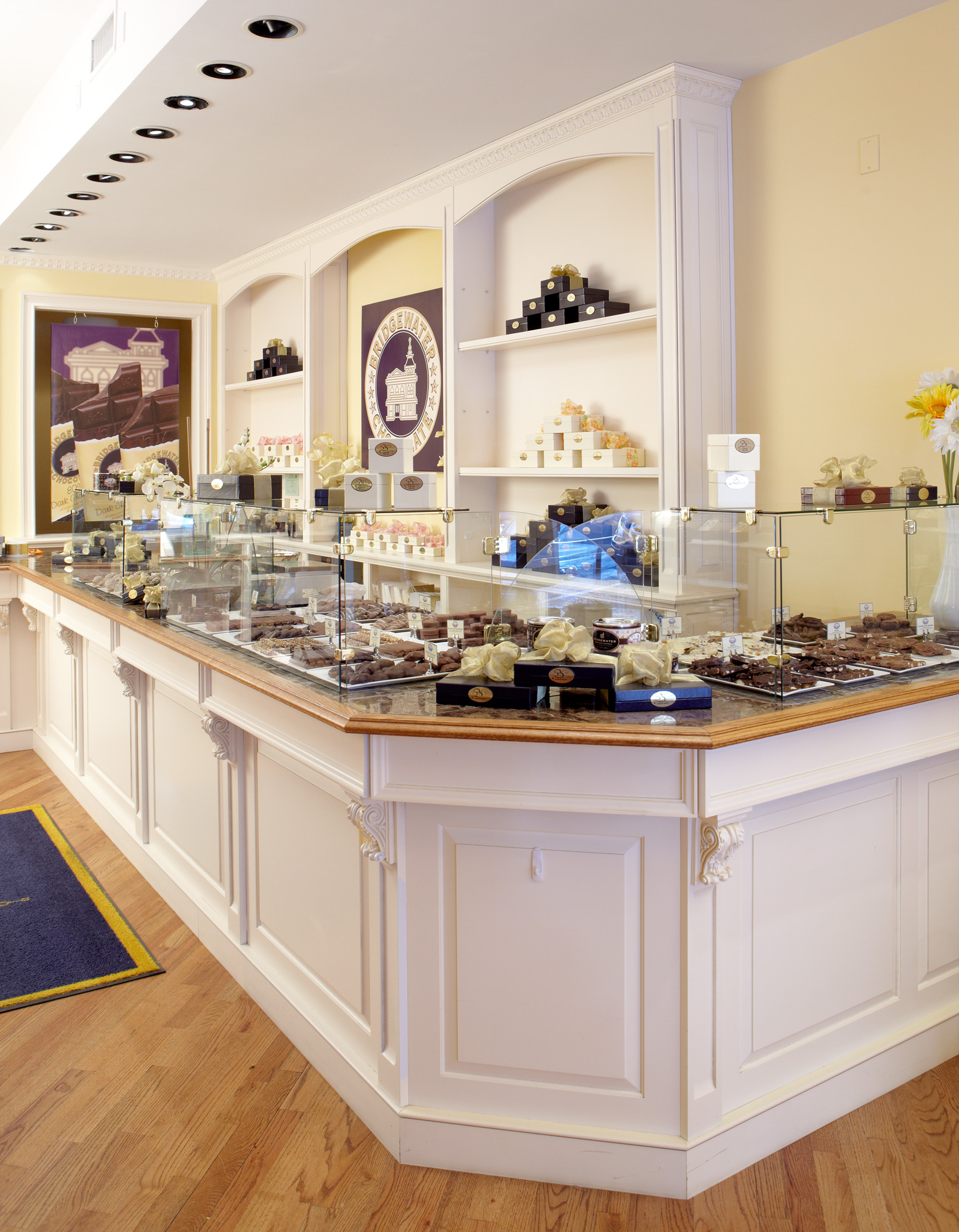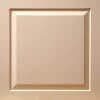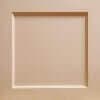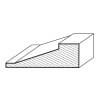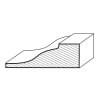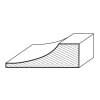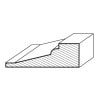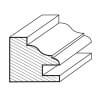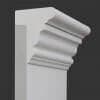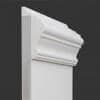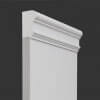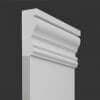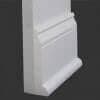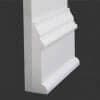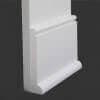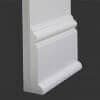Much like America itself, the history of wainscoting has its roots in England but has since evolved and transformed into something entirely different. Originally serving to keep condensation out of rooms, raised panel wainscoting has become entirely aesthetic, although one could argue that it serves the practical purpose of protecting walls. Whether you are replacing the wainscoting in your home or installing it to add flair, the unique style it creates should be enhanced with the wise use of decor.
As with our modern architecture, American decor is often an amalgamation of other cultures and styles that have been adjusted or adapted to the resources and technology of our land. Each of us has our preferences when it comes to how we decorate our homes, with some reflecting their childhood fancies and others carving their own path. Matching the decor in your home to raised panel wainscoting or other styles can not only be satisfying for you but can also create an atmosphere that can transport guests to a different era entirely.
The History of Wainscoting in The Early Days
These were the first days for the migrants of these lands, most of whom were British which is directly reflected in these early styles.
Early American (1640 – 1700)
This was the first period in which Americans were able to deviate from purely practical furnishings, and it’s reflected in the incredibly detailed and ornate style that defined this era. Joinery, carving, and turning were undertaken with the apple, birch, cherry, maple, oak, and pine woods that were available.
Colonial (1700 – 1780)
What could be considered cultural homesickness, this era saw a huge influence from British style, albeit whittled down to a more conservative nature. This time also saw dovetail joint begin to be used here, and mahogany, elm, and walnut became the predominant woods.
Considering the British roots which were still exposed in these early years, the traditional raised panel wainscoting is perhaps the most appropriate accompaniment to the furniture of this time.
The History of Wainscoting in the Mid Century
This period superceding the early days of colonial America was one of self-exploration in which a range of different styles was tested to see what would stick.
Pennsylvania Dutch (1720 – 1840)
After the British influences of the early days, the German influence of this era saw a marked shift in not only the furniture but the attitude to the decor as a whole. Simple, utilitarian pieces dominated this era, with pieces of furniture that feature straight lines, simple turnings, and tapered legs typically made from oak, pine, and walnut.
Federal (1780 – 1820)
The Federal period saw a shift back towards a British style, with a heavy French influence. Features of this era saw fluting to emphasize height and rigidity, as well as the use of inlays and veneers of contrasting wood to create shapes, designs, and decorative borders. The theme of this era was a more graceful elegance than those which preceded, emphasized by the use of brass hardware in more natural shapes.
American Empire (1800 – 1840)
Leaning more towards the French side after the Federal period, this time saw an influx of cabriole legs, curved arms, and ornate feet. Dressers from this period boasted supporting columns and glass in the place of raised panels.
Shaker (1820 – 1860)
Named after the religious movement of the time, this era saw a shift towards a very simple and utilitarian lifestyle and furnishings. Straight lines, woven and cane seats, basic turnings, and visibly locking joinery were the features of this time.
While there are clearly a few vastly different styles that define these periods, there is one thing that seems to connect all of them: straight lines. With this in mind, the raised panel wainscoting would almost be too busy for decor of this time, instead, the thick straight lines of beadboard would suit it nicely.
The History of Wainscoting in The Later Years
As with the eclecticism of the earlier and succeeding years, the following periods saw more progression and regression in terms of decor style.
Victorian (1840 – 1910)
Perhaps the sharpest contrast when compared with the preceding era, the Victorian period saw a revival of extremely ornate furniture, now with upholstery to match the intricacy of the wood.
Arts and Crafts (1880 – 1920)
A shift back to more utilitarian roots, perhaps owing to the concurrent industrial revolution, this era saw the use of leather in the place of the intricate upholstery popularized during the Victorian era.
The Victorian era would’ve undoubtedly seen more emphasis on the traditional raised panel wainscoting, whereas the Arts and Crafts would have shifted towards either wall paneled or flat panel wainscoting in suiting with the practical nature of the time.
Want to Make the History of Wainscoting a Reality! Try Our Wainscot Solutions
Much like the many different revivals and evolutions our furniture has gone through, here at Wainscot Solutions we know that both raised panel wainscoting and the other types have come a long way to get where they are today.
If you’re considering replacing or installing wainscot in your home, be sure to check out our website to see how we can help design your custom specifications, or contact us today to learn more about Wainscot Solutions can turn your visions into a reality.
